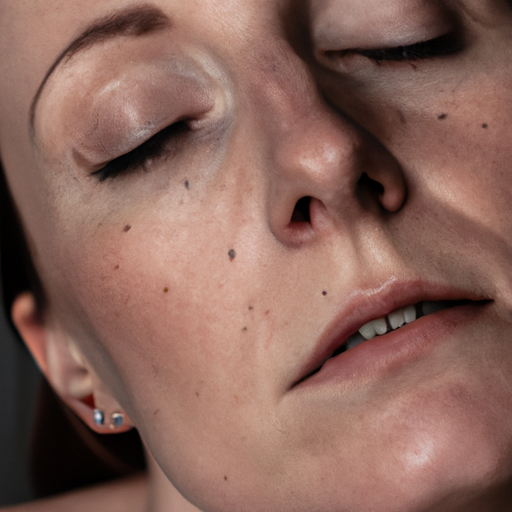As a medical professional, I often encounter patients who are confused about the difference between hydrating and moisturizing their skin. Both terms are frequently used interchangeably in the skincare industry, but they serve distinct roles in maintaining skin health. Today, I aim to unveil the mystery behind these two essential skincare steps: hydrating and moisturizing.
Hydration and moisturization are two sides of the same coin, both crucial for achieving healthy, glowing skin. They work together to improve skin texture, elasticity, and appearance. However, understanding their unique functions can help you choose the right products for your specific skin needs.
Hydration refers to the water content within the cells that leads them to swell and appear plump. It’s about infusing your cells with water and improving your skin’s ability to absorb moisture and vital nutrients. Dehydrated skin, which lacks water, can appear dull, show fine lines or surface wrinkles, and feel tight or sensitive.
On the other hand, moisturizing is about trapping and locking in the moisture to build your skin’s natural protective barrier. It prevents the water content from evaporating, also known as transepidermal water loss. A well-moisturized skin appears smooth, soft, and healthy. Dry skin, which lacks oil, can feel rough, flaky, and may be prone to irritation or redness.
Now that we’ve distinguished between hydration and moisturization let’s discuss how to effectively incorporate them into your skincare routine.
Hydrating products are designed to increase the water content of your skin. Ingredients like hyaluronic acid, aloe vera, honey, and glycerin are known for their hydrating properties. These ingredients attract moisture to the skin and help it absorb water from the environment or from deeper layers of the skin. Hydrating products come in various forms like serums, essences, and hydrating masks.
Moisturizers, on the other hand, are formulated to seal moisture into the skin. They often contain ingredients like ceramides, fatty acids, and cholesterol that reinforce the skin’s lipid barrier and prevent water loss. Moisturizers come in different forms, including creams, lotions, and ointments. The choice between these depends on your skin type and personal preference.
In a nutshell, a well-rounded skincare routine should ideally include both hydrating and moisturizing products. Start by cleansing your skin, then apply a hydrating product to infuse your skin with water. Follow this up with a moisturizer to lock in the hydration and protect your skin’s barrier.
Remember, everyone’s skin is unique. What works for one person may not work for another. It’s essential to understand your skin type and its specific needs. If you’re unsure about what products to use, or if you have specific skin concerns, it’s always best to consult with a dermatologist.
In conclusion, both hydrating and moisturizing play vital roles in maintaining healthy skin. Hydrating replenishes water content in the skin cells, making them appear plump and healthy, while moisturizing seals this moisture in, preventing it from evaporating. By understanding the difference between these two processes, you can tailor your skincare routine to better suit your needs and achieve the glowing, healthy skin you desire.



